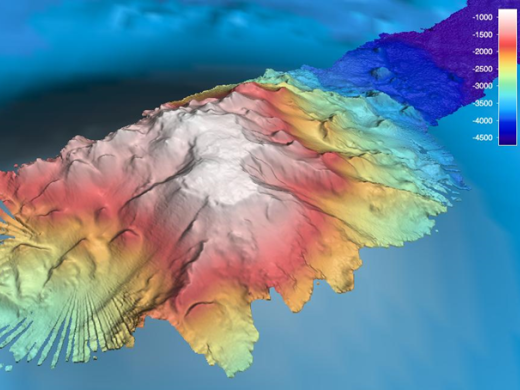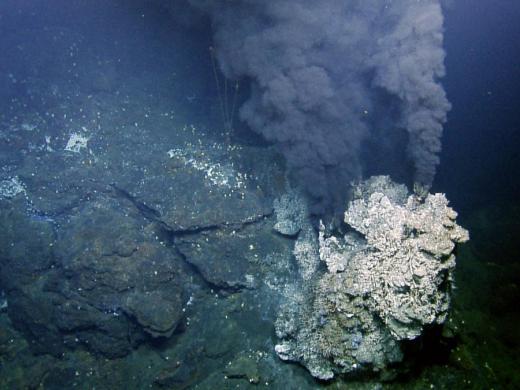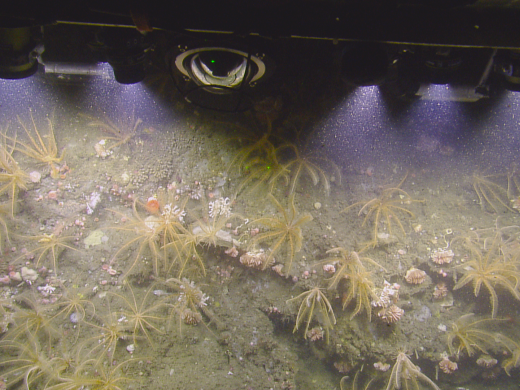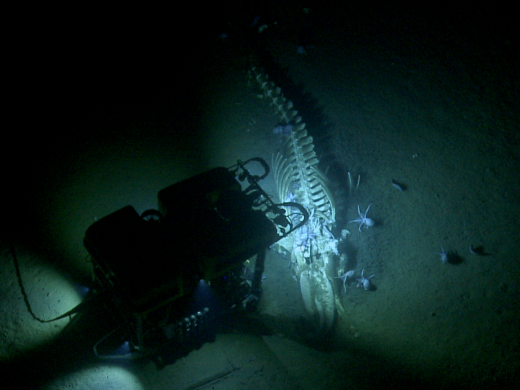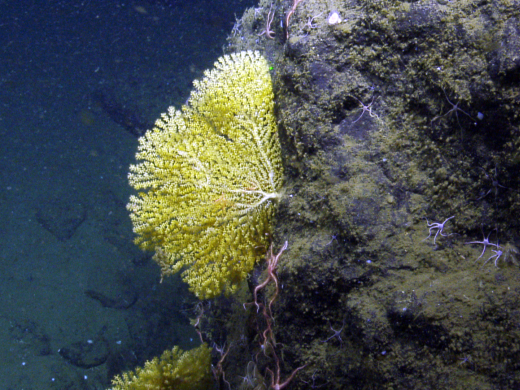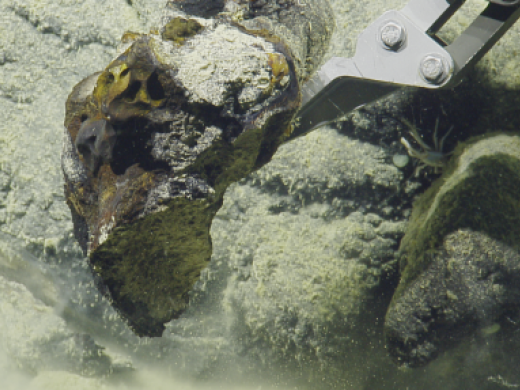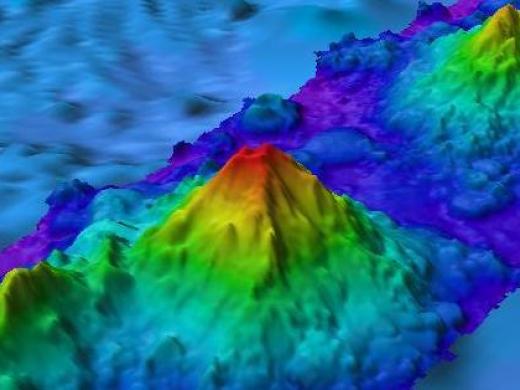Join the Nautilus Exploration Program for our 2020 Expedition as we shine new light on little-known regions of the deep sea along the North American West Coast, from British Columbia to Southern California. The Ocean Exploration Trust will embark on its sixth year of scientific exploration in the Eastern Pacific Ocean aboard E/V Nautilus, continuing to work with expedition partners and the wider scientific community to identify priority research areas to conduct remotely operated vehicle (ROV) surveys and seafloor mapping . The 2020 Nautilus Expedition is sponsored by NOAA Office of Ocean Exploration and Research through the NOAA Ocean Exploration Cooperative Institute, NOAA Office of National Marine Sanctuaries, and Ocean Networks Canada.
Now, more than ever before, OET will be relying on over a decade’s worth of expertise in conducting telepresence-enabled expeditions so that scientists, students, educators, and the public may follow and participate from shore. Scientists on board Nautilus and on shore participating via telepresence will conduct research across the Pacific Ocean with a focus on deep-sea coral habitats in national marine sanctuaries, hydrothermal vent ecosystems, an extensive octopus aggregation, a return search for meteorite fragments, and novel technology testing. Most of the world’s deep ocean remains largely unexplored, leaving significant gaps in knowledge needed to manage and protect ocean resources and to understand and predict future change.
OET’s top priority is the safety and well-being of expedition participants, crew, staff, and communities. COVID-19 mitigation protocols enforced aboard the ship and amongst the sea-going teams as the 2020 expedition season moves forward are informed by a variety of sources including current recommendations from the US Center for Disease Control, World Health Organization, and University National Oceanography Laboratory System.






